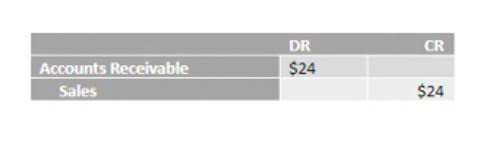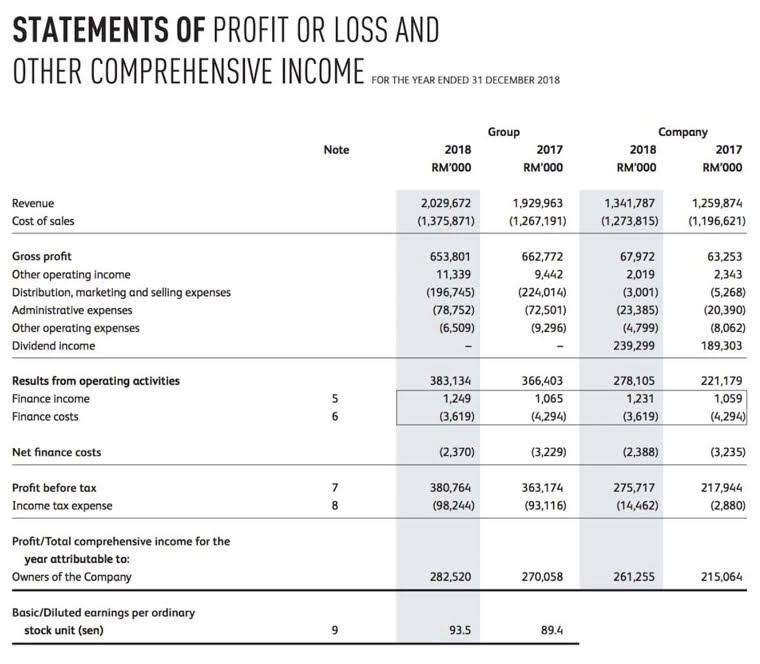
In simple terms, you can calculate working capital by subtracting what the company owes (or its liabilities) from what the company owns (or its assets). Though it starts the cycle with cash on hand, the company agrees to part ways with working capital with the expectation that it will receive more working capital in the future by selling the product at a profit. The unearned revenue ratio reveals how rapidly a company’s inventory is used in sales and replaced. Alternatively, a relatively high ratio may indicate inadequate inventory levels and risk to customer satisfaction. Three ratios that are important in working capital management are the working capital ratio, the collection ratio, and the inventory turnover ratio. Because cash is always considered a current asset, all accounts should be considered.
Example: Application of Funds
The collection ratio, also known as days sales outstanding (DSO), is a measure of how efficiently a company manages its accounts receivable. The collection ratio is calculated by multiplying the number of days in the period by the average amount of outstanding accounts receivable. In its simplest form, working capital is the difference between current assets and current liabilities. However, different types of working capital may be important to a company to best understand its short-term needs.
Company size
As that bottom line improves, working capital management can simply enhance the company’s position. While effective working capital management can help a company avoid financial difficulties, it may not necessarily lead to increased profitability. Working capital management does not inherently increase profitability, make products more desirable, or increase a company’s market position. If this cannot be completed quickly, the company may change in net working capital be forced to have its short-term resources stuck in an illiquid position. Alternatively, the company may be able to quickly sell the inventory but only with a steep price discount.

Provision for taxation

The payment of the proposed dividend during the current year should not be shown in the fund flow statement. The difference between the two sides is debited to the profit and loss adjustment account to determine funds from operations. However, a proposed dividend is preferably treated as a non-current liability, and it is not shown in the statement of changes in working capital. The treatment of the proposed dividend is similar to the provision for taxation (i.e., treat it as a non-current or current liability). Income tax is payable on the income of the previous year during the assessment year. If the closing balance of a long-term investment is lower than the opening balance, the difference is the application of funds https://www.bookstime.com/ (certain investments are bought as income-yielding securities for the long-term).

- Generally, yes, if a company’s current liabilities exceed its current assets.
- Negative cash flow can occur if operating activities don’t generate enough cash to stay liquid.
- The Net Working Capital Formula and the Working Capital Ratio Formula are the easiest ways to determine whether your business has the cash flow necessary to meet your debt and operational demands over the next year.
- The inverse of having a negative working capital indicates that the company owes more than it has in its cash flow.
- Working capital should be assessed periodically over time to ensure that no devaluation occurs and that there’s enough left to fund continuous operations.
- Current assets are assets that a company can easily turn into cash within one year or one business cycle, whichever is less.
If your WCR is negative, your company has no short-term financial requirements, so can free up resources to fund its net cash flow. Sufficient working capital can also help businesses — especially those with seasonal fluctuations — withstand slow periods. So, it’s essential for companies to take working capital management seriously when evaluating the short-term financial well-being of their business.
- Change in working capital is the change in the net working capital of the company from one accounting period to the next.
- Both figures can be found in public companies’ publicly disclosed financial statements, though this information may not be readily available for private companies.
- However, income tax departments insist that tax should be paid during the previous year itself on the estimated income to be earned on the principle of pay as you earn.
- To evaluate Tesla’s performance, it is also important to look at its income statement and cash flow statement, which show its revenues, expenses, profits, and cash flows for a given period.
- If it takes a long time to collect, it can be a signal that there will not be enough cash on hand to meet near-term obligations.
Accounts Payable Payment Period
- A boost in cash flow and working capital might not be good if the company is taking on long-term debt that doesn’t generate enough cash flow to pay it off.
- This involves managing the company’s cash flow by forecasting needs, monitoring cash balances, and optimizing cash flows (inflows and outflows) to ensure that the company has enough cash to meet its obligations.
- It suggests that the company is not going to have enough cash to fund short-term obligations because the cash cycle is lengthening.
- Although payment may be earned and specified at a given moment in time, you often have to wait a while before it is settled.
- By subtracting the total Current Liabilities ($65,000) from the total Current Assets ($90,000), you can see this company’s current assets exceed their current liabilities, yielding a positive working capital of $25,000.
- Three ratios that are important in working capital management are the working capital ratio, the collection ratio, and the inventory turnover ratio.
Not quite – your liquidity shows you how easily your business can cover its upcoming costs, while your working capital shows how much money is left after covering those upcoming costs. As a general rule, a good working capital ratio for a small business is between 1.2 and 2.0. A ratio below 1.0 would indicate you don’t have enough assets to cover your debts. Accounting software tracks your expenses for you, giving you real-time insights into your cash flow and helping you control your costs. They then total their current liabilities across the next 12 months, which come to $75,000. Calculating your working capital is a quick way to gain an overview of your business’ cash flow.
